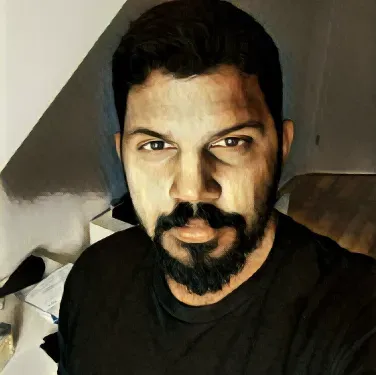The CEO decision : Three Six Zero = Trisio
So the CEO also spent more effort to convince everyone that what we were about to do was worthwhile and wanted everyone to continue to move towards the same goal.
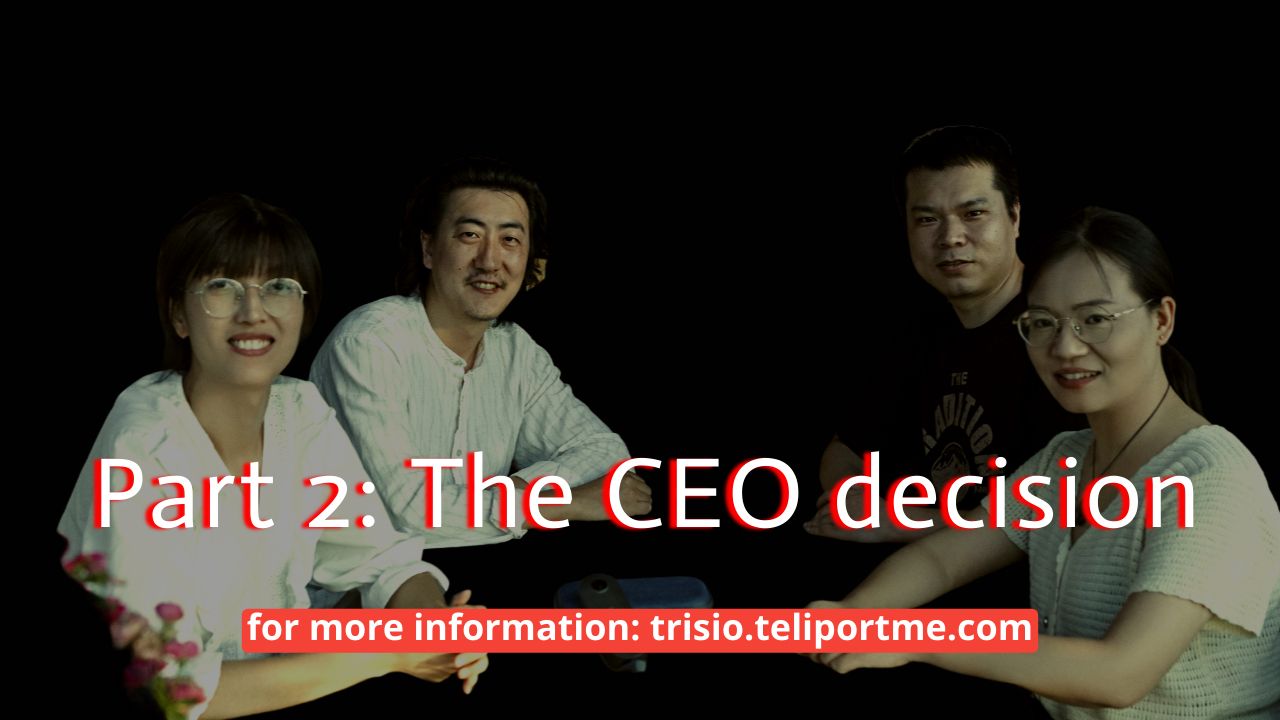
( This is Part 2 of our three part series covering Trisio and their team. If you have not read part 1 then please go here)
Did you know the name Trisio comes from a combination of the three words - Three + six + zero = Trisio.
On the day of the interview it was a particularly hot day in China and Luxembourg. We take a short break from all the conversations so that we can get something to drink. After around 15 minutes we got right back together and I dug into some of the challenges they had building the product and how they were thinking of the future. As always their answers surprised me.
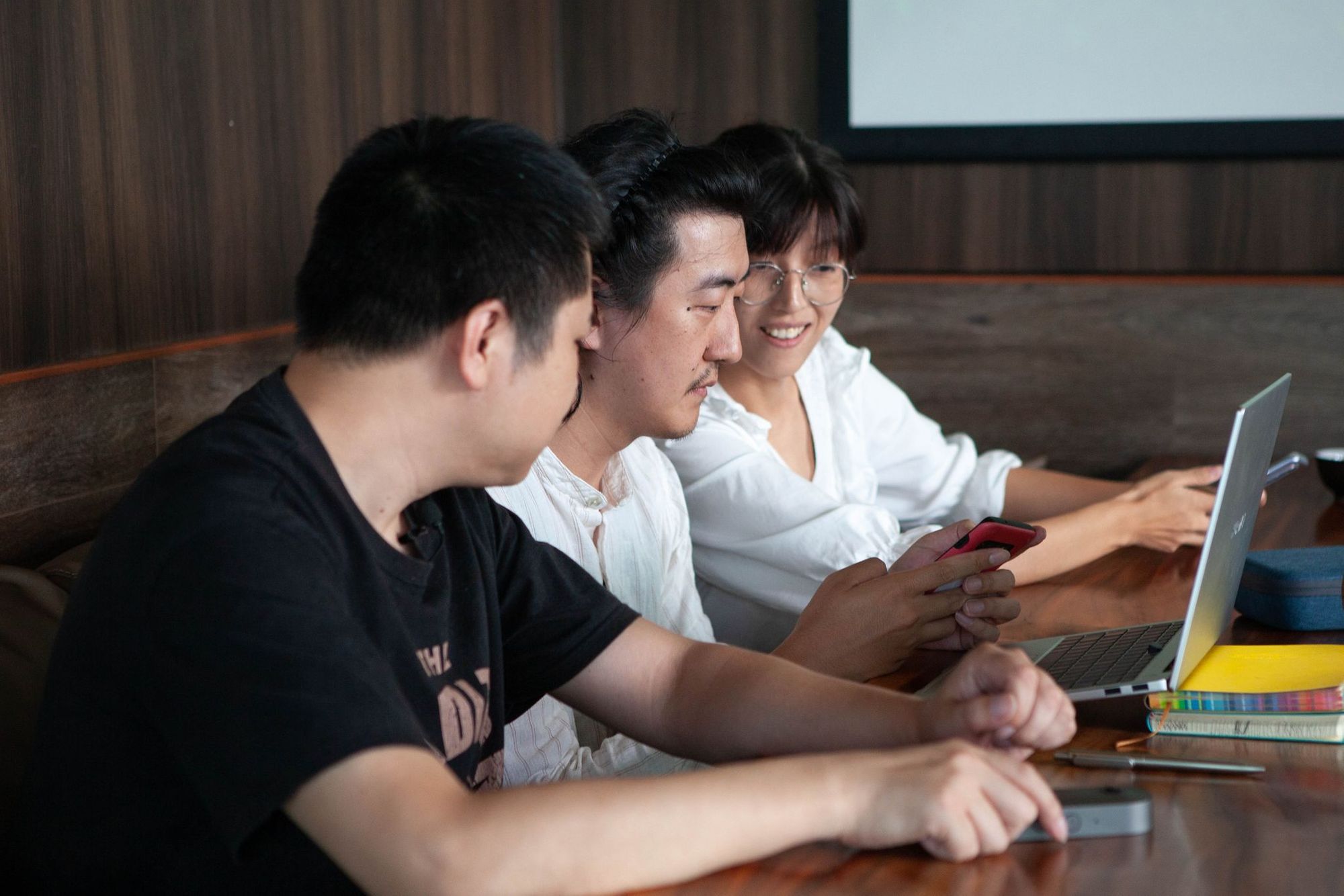
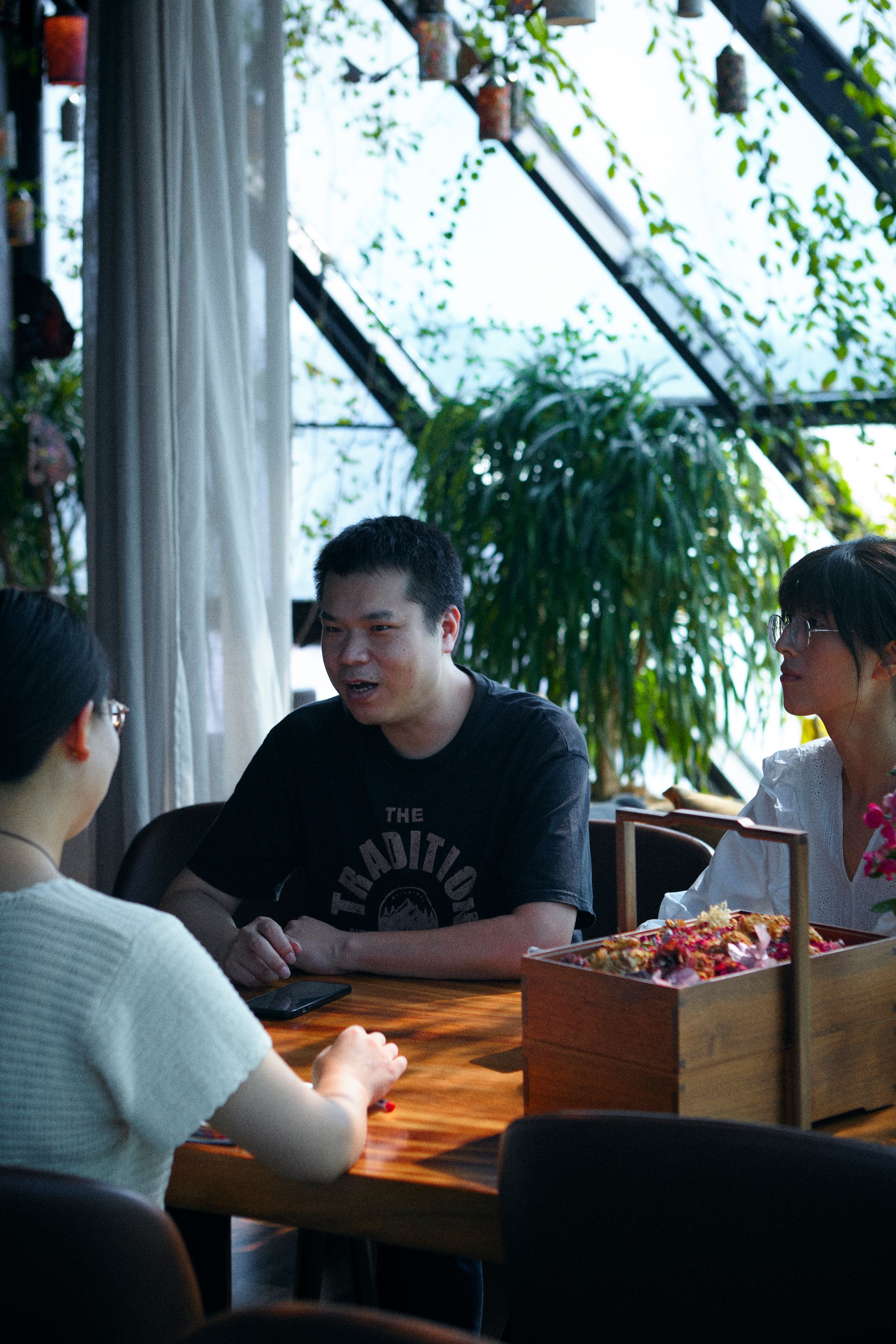
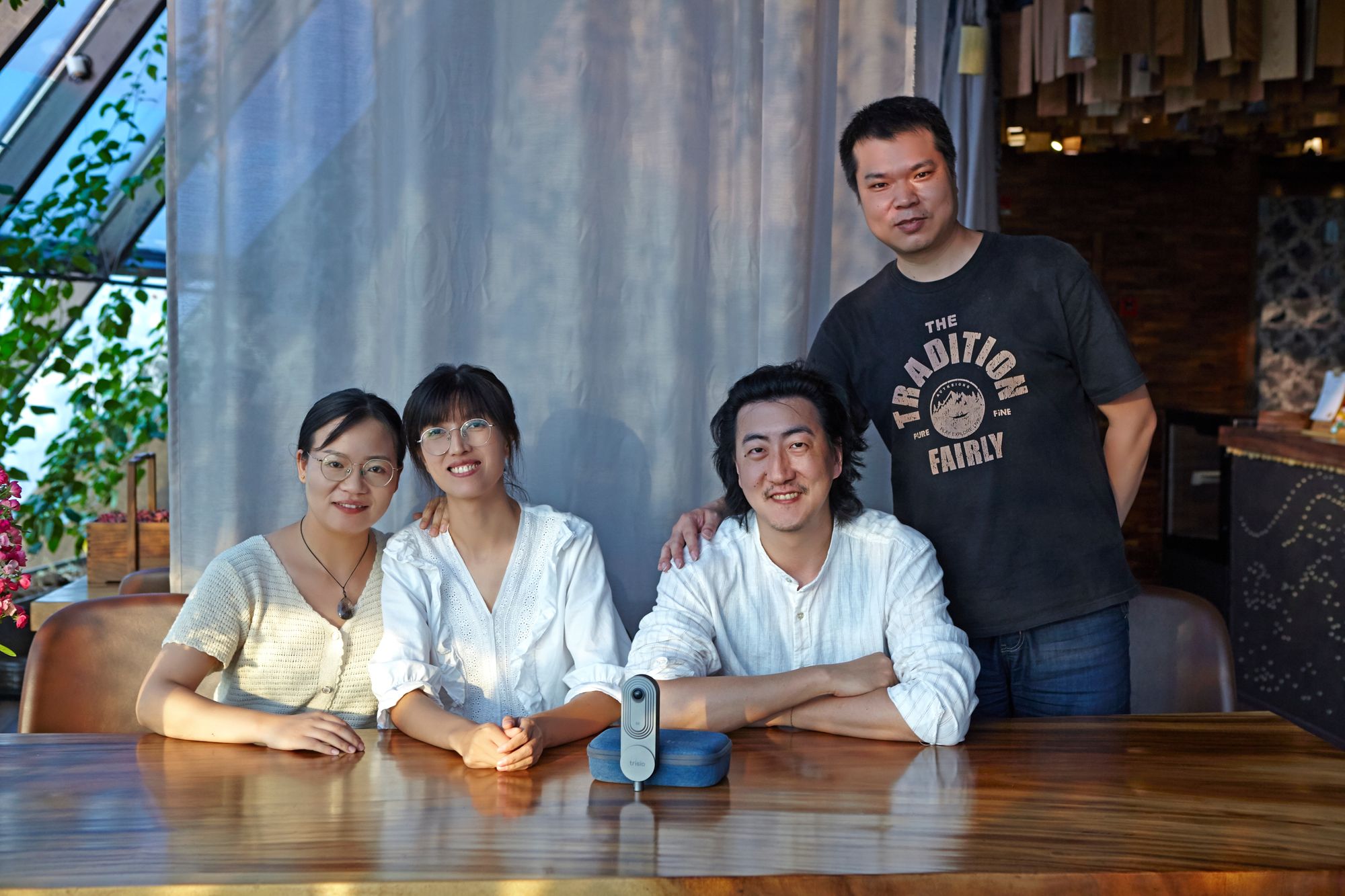
Vineet : What was the biggest challenge with taking the technology to product?Echo: As a technology-based company, one might think that the biggest challenge we've ever encountered is about one of our technologies, but we're actually relatively well advanced in that regard. Our founder, Dr. Shen, had already done academic research related to panoramic vision and some production projects related to it before he started the company. So it's fair to say that our company has some experience in the production of panoramic cameras.
If we encounter the biggest challenge, I think it would be the timing.
When we came up with the idea of making a single-lens rotating panoramic camera in 2019, there were no similar products on the market. If there was another company that had the same idea as us and came out before us, it would have had a huge impact, because producing the first meant that we could occupy the first place in the minds of consumers.
So we were scrambling, from idea to prototype in a week.
One of our team members likes to make small inventions and he has a 3D printer at home. He was responsible for designing the structure of the prototype, then printing and assembling it.
Of course, it was just a very crude "panoramic camera" and some of the structure was even glued together. With the prototype, we combined the technical experience we had gained from our previous live cameras and decided that the idea was feasible, then immediately set up the project and went into production.
Sam: As mentioned before, because we had experience with multi-lens cameras, the Trisio Lite2 was not our first generation, so we didn't have to overcome as many difficulties as we would have had if we had made a camera from scratch, purely from a technical point of view.
But on the other hand, it meant that we decided to abandon our previous line of multi-lens cameras to create a single-lens panoramic camera, a category that no one had ever done before. In that sense, the difficulties we encountered were mainly internal - was the whole Trisio team willing to work in the same direction and to support our boss when he decided to implement the idea.
So I think the bigger challenge was actually internal to the company. Because we were already working on a product that had been proven in the market, so to speak, and deciding to abandon it and move on to a product that had never been on the market before was not something that every team member was that confident about.
So the CEO also spent more effort to convince everyone that what we were about to do was worthwhile and wanted everyone to continue to move towards the same goal.
Then the process of moving from a multi-lens camera to a single-lens camera, and how to get the camera to rotate precisely to achieve a perfect stitching, was another technical difficulty we encountered, which would later become the nodeRotate technology. Now we can guarantee that the lens will rotate precisely for every shot with the Trisio Lite2 camera.
Perhaps we can use Elon Musk as an example. For the vast majority of the public, one would think that the technology that Tesla has is very high tech, but in reality for Elon himself, the biggest technical difficulty was probably not designing the car, but the batteries. And for Trisio, most people probably think that the rotation of the camera body only needs to be equipped with a normal motor, and that anyScene is similar to HDR. But these are in fact precisely the technical difficulties that we need to keep working on.
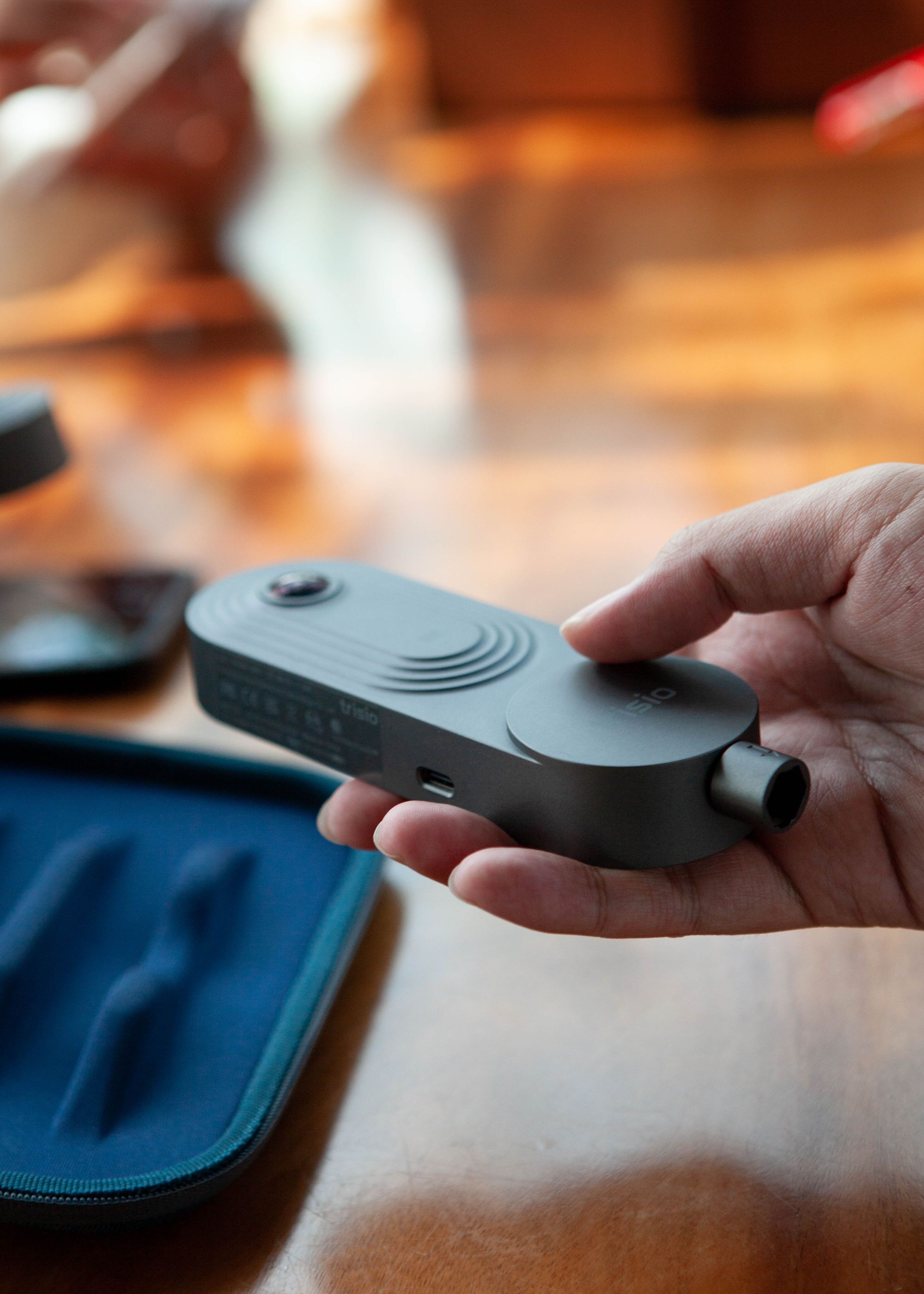
Vineet : Trisio Lite2 has a resolution of 8K, although not long ago Ricoh's Theta X already reached 11K. What's the next breakthrough for Trisio?
Echo: Trisio's philosophy is always to make products that users really want, not just to upgrade hardware specifications. We don't necessarily go beyond the data level just because there are 11K, or 5 lens cameras on the market. "Trisio will do what the user needs", and this will probably be one of the ways we think differently from other manufacturers.
Technically speaking, our two patented technologies, anyScene and nodeRotate, will always be updated to ensure that our cameras are always working at the highest quality and stability. Through the continuous advancement of anyScene technology, we can enable users to cope with complex lighting situations using the simplest of operations.
Vineet: Is Trisio's next generation of products already in development? Is there anything that can be revealed to satisfy consumer curiosity?
Sam: Our next generation is currently being designed. We think Trisio's next generation will go far beyond this entry level Trisio Lite2 camera in terms of performance, appearance and experience. We expect to bring people specific information around Christmas this year.
As an example, we can compare Trisio's products to a particular brand of car, with the Trisio Lite and future products falling into different series under that brand. I can't reveal any more details yet, but we're sure we'll have some surprises for those waiting for Trisio at Christmas time.
